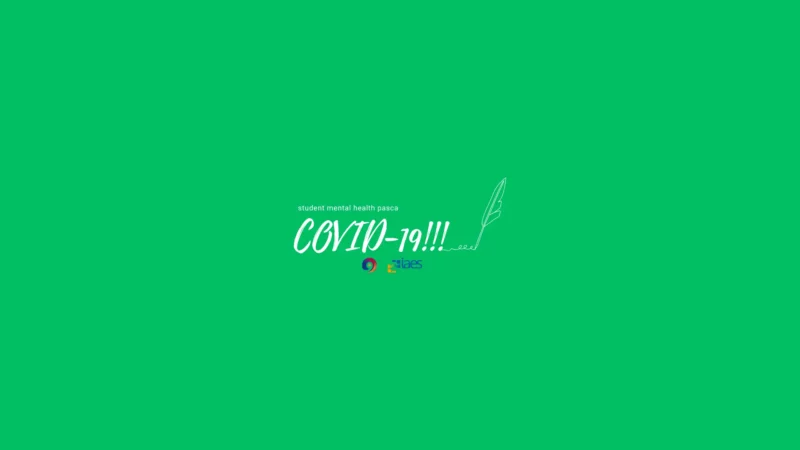Greetings, fellow Nawala! May you always be in good health.
This is the IAES Nawala of the Institute of Advanced Engineering and Science. Today we would like to share some insights on mental health. Anxiety and depression among university students were reported to have increased during the COVID-19 outbreak. Prihadi et al. found that the main predictor of Anxiety among students was fear of missing out or FOMO, while social problems were the most powerful protector against depression. Implications, limitations, and suggestions are discussed in full in their study below:
Kususanto Ditto Prihadi, Sheng Yee Wan, Valerie Yen Yee Lee, Hairul Nizam Ismail
Anxiety and depression among university students were reported to be increased during the outbreak of CoVid-19. Various studies indicated that the phenomenon was triggered by the sudden enforcement of the studying-from-home (SFH) policy. Accordingly, we hypothesized that the students’ online learning efficacy (OLE) predicted the upsurge of the two mental health issues. However, SFH also elevated the students’ inclination towards social media (SM), and it brought further changes in some socio-psychological factors. We recruited 435 university students to respond to demographic items and the scales to measure factors such as perceived social support (PSS), societal mattering, and fear of missing out (FOMO) to test the hypothesis that OLE would no longer be a significant predictor of anxiety and depression when all the aforementioned variables are controlled for. The results of the hierarchical regression analyses supported our hypothesis on anxiety, while in predicting depression, OLE was still significant after controlling for the rest of the predictors. Societal mattering was the strongest protective factor against depression, whereas FOMO was the strongest risk factor of anxiety. Implications, limitations, and suggestions are discussed.
Not only about FOMO, it turns out that during the COVID-19 outbreak, the closure of universities and the shift to distance learning have had a significant impact on student behavior and psychological well-being. El Kailani et al. conducted a study on changes in the habits and psychology of students after lockdown during the COVID-19 pandemic. The results of the study can be read in the following article:
Behavioral and psychological diagnosis for universities students after the corona pandemic closures
Ghazi El Kailani, Osama Abdel Fattah, Ayed A. Zureigat, Omar A’mir
With the coronavirus’s rapid spread, most countries have taken preventive measures to limit this spread. Therefore, this paper aims to explore university students’ behavioral and psychological variables. To achieve this, the researchers used the descriptive survey approach to the 3,152 Jordanian university students (2,194 female and 1,058 male). We put the Generalized Anxiety Disorder screener GAD-7 and behavioral variables an electronic questionnaire using (Google Forms). To achieve the study’s objectives, we used: means, standard deviations, frequencies, percentages, Pearson correlation coefficient, and Chi-square tests with a confidence level of 95% (p<0.05). The study results revealed that (66.34%) don’t do regular physical activity, and there were statistically significant differences between males and females in the practice of physical activities in favor of males. In addition, (64.47%) of the study sample spent (5-10) hours, and (26.6%) spent more than (10) hours on social networking sites. Also, (40.03%) of the study sample suffers from fat accumulation in the waist, pelvis, and thighs. There were also (60.32%) who suffered from sleep disorders. In addition, there are overlapping relationships between the study variables (anxiety level, sleep duration, time spent on social networks, physical activities, and body shape).
The articles above are just a small part of the research on mental health in university students. To get more information, readers can visit the International Journal of Public Health Science (IJPHS) page for FREE via the following link: https://ijphs.iaescore.com/.
by: I. Busthomi
editor: A. I. Bunga

